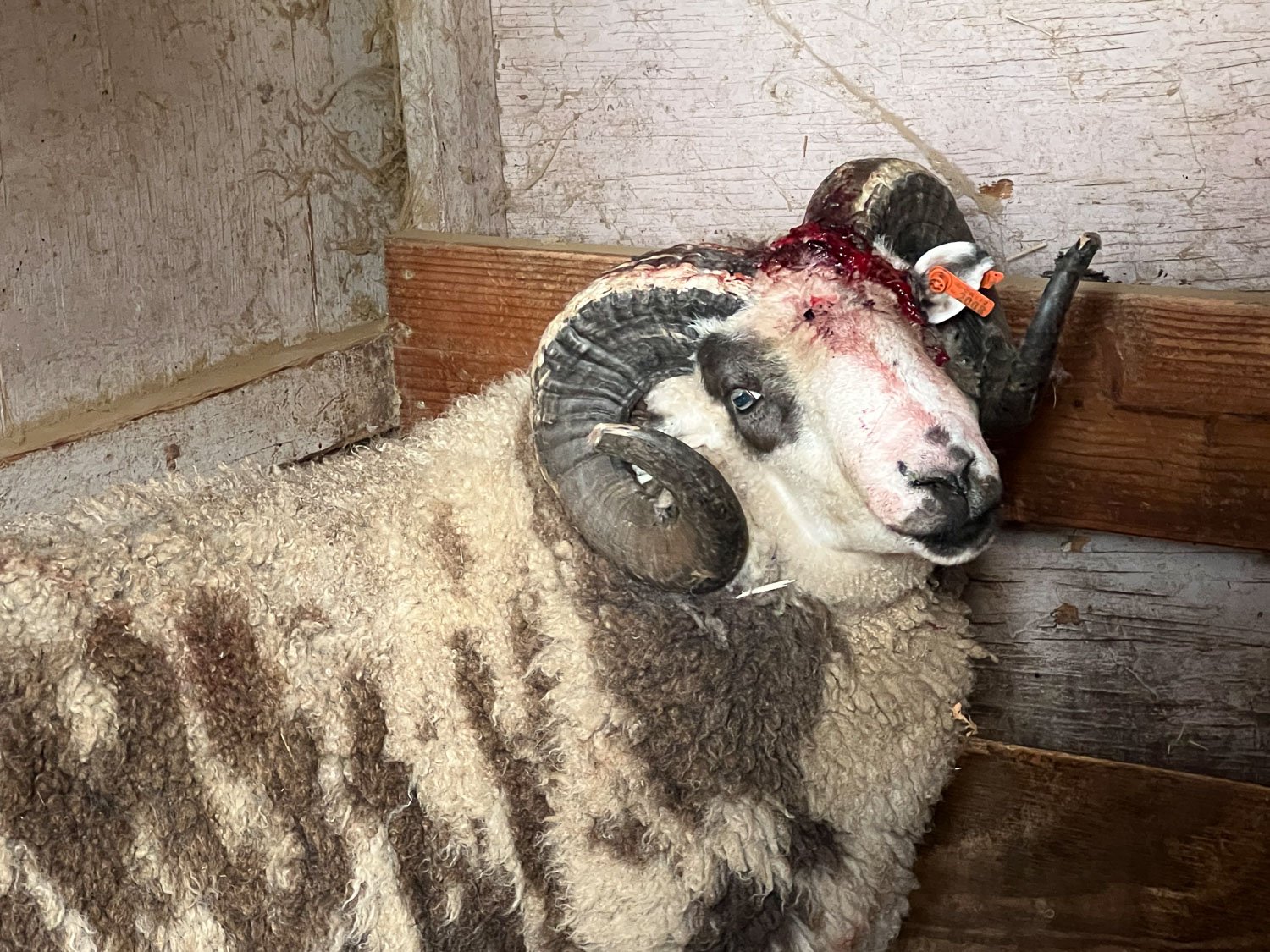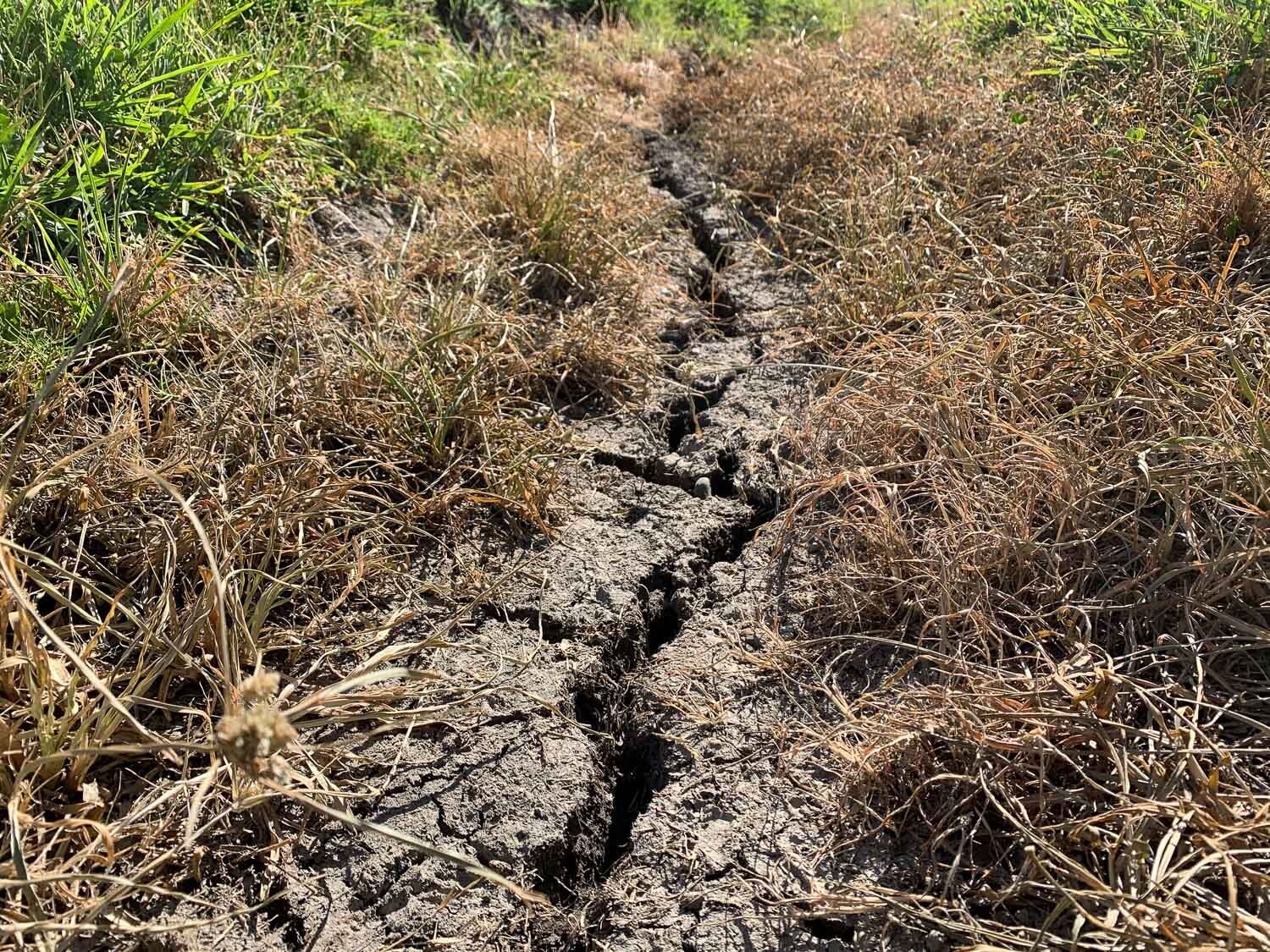End of October
/It was still mild weather. The Sacramento Valley got rain, but not much here—not enough to show in the rain gauge.
The sheep moving to the gate where I will let them into the next paddock.
A sheep farmer’s version of fall color. Peyton, the BFL ram, was the one with the red marker. I moved his ewes out a few days ago and now they are with Townes. Silverado and Barrett still have some ewes, but I’m getting ready to be finished with breeding season.
This is one of my favorite views of the property.
Patchwork Townes is the ram with the most ewes now at the end of the season. His marker has been switched to green, but I think there is only one ewe marked green.
We held Hug a Sheep Day on Saturday, but it was mostly for Farm Club members with a few other friends who came. We had the most huggable sheep available. That’s Jade and her daughter, Hazel.
At the end of the day I walked across the road and took my customary photo looking south to Mt. Diablo. One of these days I’ll share the series of photos I took from this spot throughout the growing season.






















































































